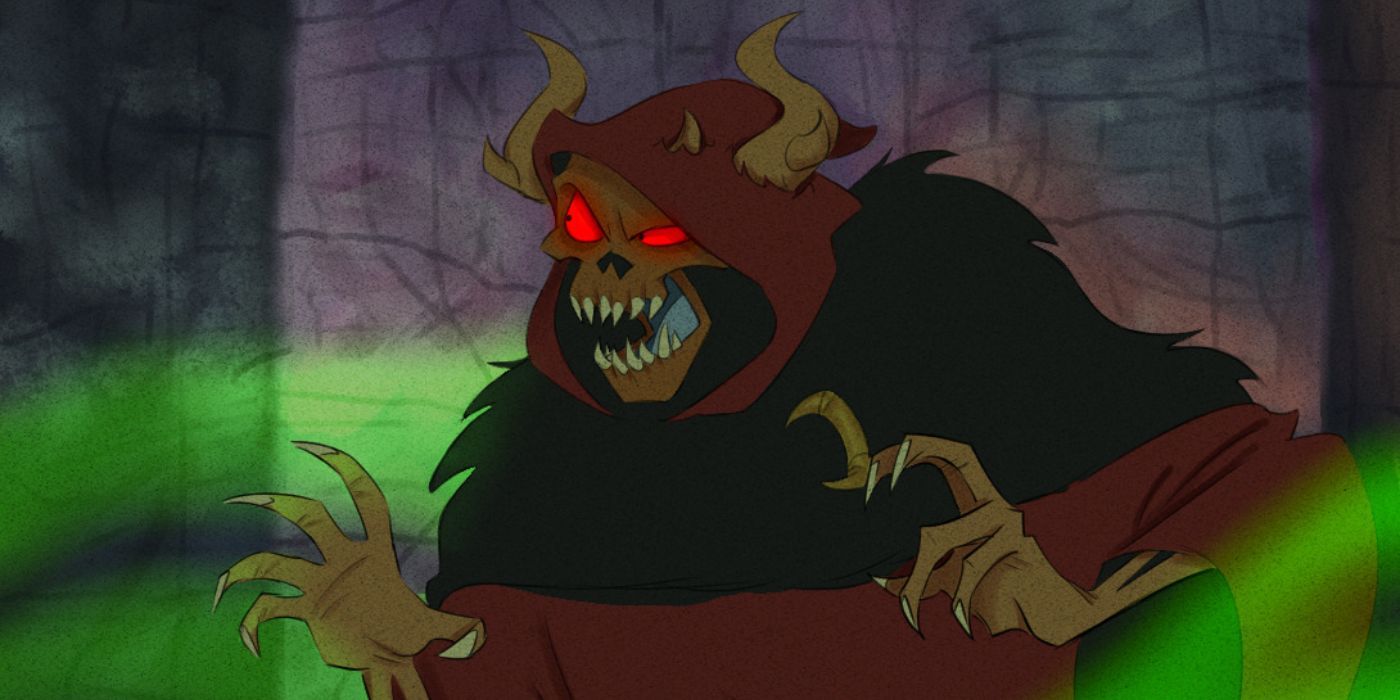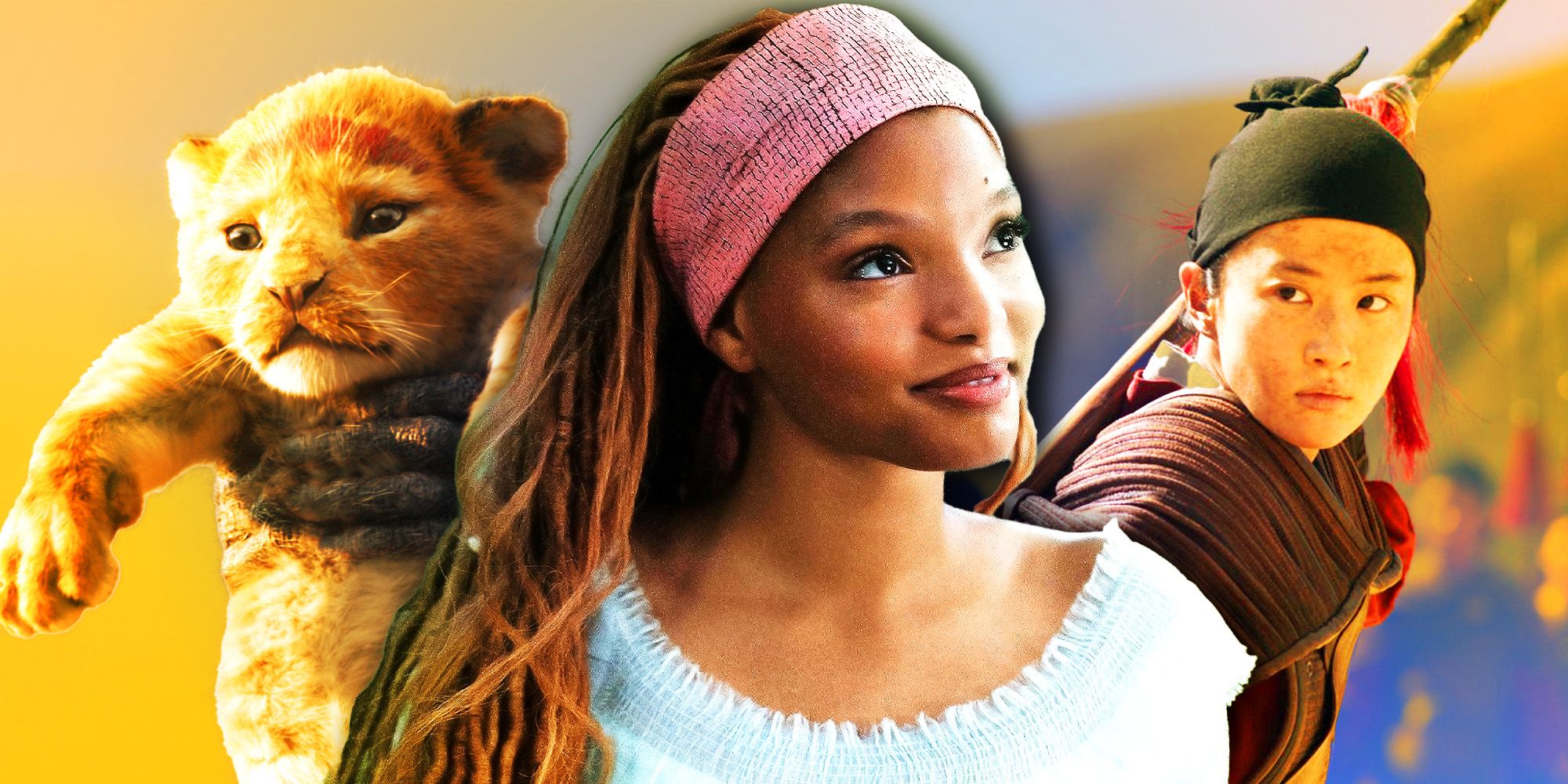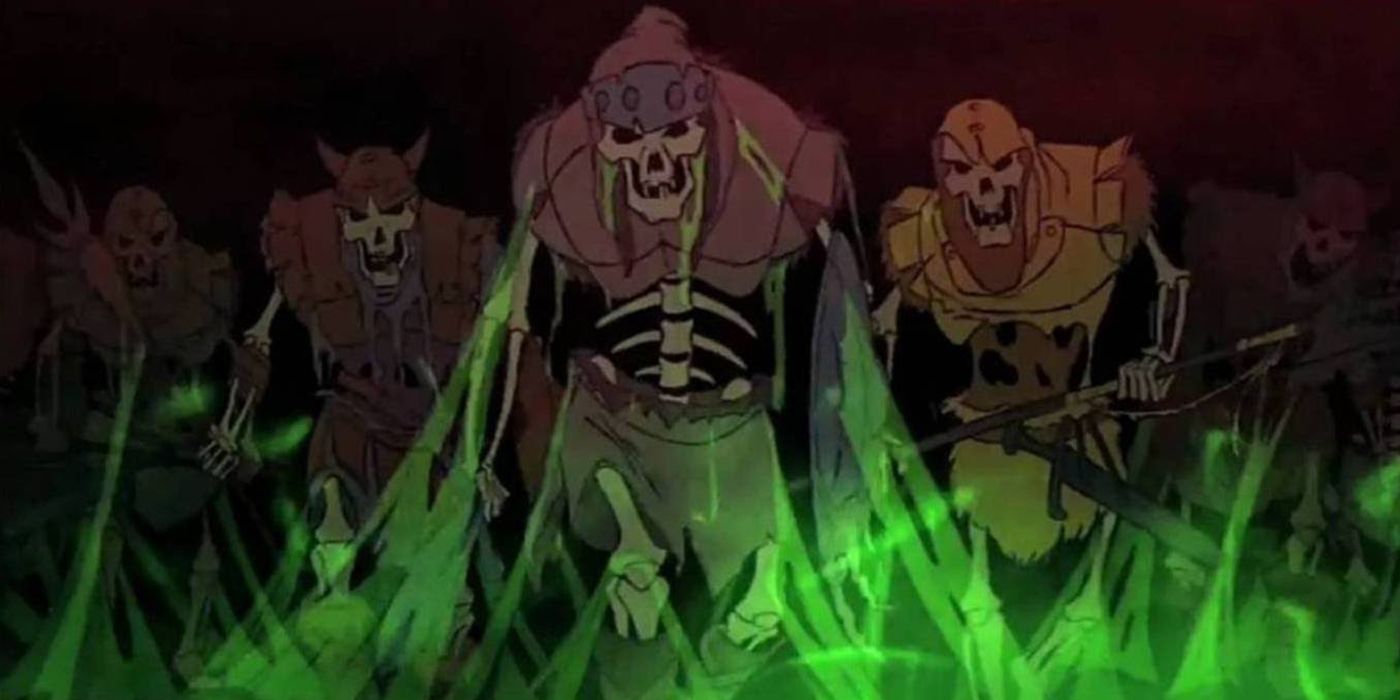Summary
- Disney’s live-action remakes struggle to match the critical success of their animated originals due to a lack of darkness and adventurous themes.
- The forgotten classic, The Black Cauldron, showcases the importance of embracing darkness and horror elements in Disney movies.
- By focusing on remaking already popular films, Disney misses out on the opportunity to revisit older projects with unfulfilled potential.
Disney has invested heavily in converting its best-loved animated movies to live-action, yet one of the studio’s forgotten classics proves how the studio has been getting the process wrong. While live-action remakes have been a staple of Disney’s output since the 90s, they have taken center stage over the past decade. But while almost all the remakes since 2015 have used iconic and celebrated Disney originals as their source material, the reaction to many of the projects has been decidedly mixed.
|
Original Movie Rotten Tomatoes Score |
Remake Rotten Tomatoes Score |
|
|---|---|---|
|
Cinderella |
98% |
84% |
|
The Jungle Book |
88% |
94% |
|
Pete’s Dragon |
56% |
88% |
|
Beauty And The Beast |
93% |
71% |
|
Dumbo |
95% |
46% |
|
Aladdin |
95% |
58% |
|
The Lion King |
92% |
52% |
|
Lady And The Tramp |
93% |
67% |
|
Mulan |
86% |
72% |
|
Pinnochio |
100% |
28% |
|
Peter Pan |
78% |
64% |
|
The Little Mermaid |
91% |
67% |
Unlike the movies that provided their inspiration, Disney’s live-action projects have failed to score consistently highly with critics and audiences. In fact, of the 12 straightforward remakes released since 2015 (ignoring reimaginings such as Maleficent), only two (The Jungle Book and Pete’s Dragon) have managed to exceed the original film’s Rotten Tomatoes score. This trend is indicative of a clear dip in quality between the different versions. However, while each film has its own unique reasons for failing to match its forebear, a forgotten classic Disney movie reveals a broader truth about why the remakes keep failing to impress.
Every Upcoming Live-Action Disney Remake In Development
There are over a dozen Disney live-action remakes currently in development. Here’s which movies are coming, when they’ll release, and who’ll star.
The Black Cauldron Proves Darkness Is What Makes Disney Great
Released in 1985, The Black Cauldron is undoubtedly one of Disney’s darkest and scariest stories. Set in a fictional kingdom, the film revolves around a demonic king determined to use the titular cauldron to revive his undead army and the heroes’ attempts to stop him. At the time, the film was a financial and critical failure, though it has since been re-evaluated and become a cult classic. However, despite The Black Cauldron‘s mixed reputation, the film is a stark reminder of just how much Disney has moved away from the darkness that made their early classics so great.
Although other aspects of The Black Cauldron, like characterization, fall flat, the film has become a beloved part of the studio’s catalog because it so readily embraces the dark aspects of its story. The Horned King’s skeletal legions are suitably terrifying, while the film is startlingly bleak when it comes to themes like death and friendship. Its rehabilitation as a result of its total commitment to these dark themes not only proves that Disney movies can succeed when incorporating darkness, but also how this has always been a key feature of the studio’s work.
Disney Remakes Ignore The Originals’ Darkness
While the tonal difference between The Black Cauldron and the more commercially appealing live-action Disney remakes creates a stark divide, it also serves as a reminder that the studio used to be much more adventurous when it came to including more horrific elements. This is especially true for many of the movies that have been unsuccessfully reconfigured into live-action. The original Pinnochio, for instance, features scenes of full-blown horror, such as the notorious donkey transformation sequence. The panned 2022 remake, by contrast, massively toned down the grotesque aspects of this scene and suffered accordingly.

A 39-Year-Old Disney Classic Remake Can Be The Studio’s First True Horror Movie
Disney’s live-action remakes have tended to be straight retellings of earlier films, but one project has the potential to explore the horror genre.
In some ways, the studio’s attempts to distance itself from its past are understandable. After all, some of the content in early Disney movies is questionable enough to warrant warning labels on many classics. However, the censorship of the darkness that made movies like Dumbo, Pinnochio, and The Little Mermaid so potent means that the updated versions lose their impact. The Black Cauldron‘s failure might suggest too much horror is bad for Disney’s brand, but in hindsight, it seems like the studio has moved too far in the opposite direction.
The Black Cauldron Represents A Major Missed Opportunity
Beyond reminding viewers of how far Disney’s tone has shifted over the years, The Black Cauldron is also a reminder of another area where the studio’s remakes are going wrong. By and large, the studio has focused on revisiting films and stories that were already popular before the remake. Although this approach makes financial sense on paper, it also renders many remakes unnecessary. After all, if an original animated classic tells the story almost perfectly, there’s little a live-action reworking can add.
By contrast, The Black Cauldron proves that there are plenty of old Disney projects that have unfulfilled potential. Remaking these movies could be a genuinely worthwhile enterprise, especially if the original film failed to capture important aspects of the story. A prime example of this is Pete’s Dragon, which took the kernel of the original animated story and improved on it in almost every way. As a result, The Black Cauldron provides a lesson both about the necessity for darkness in Disney movies and the kind of old projects the studio should be revisiting.
The Black Cauldron
- Director
- Ted Berman , Richard Rich
- Release Date
- July 24, 1985
- Cast
- Grant Bardsley , Susan Sheridan , Freddie Jones , Nigel Hawthorne , Arthur Malet , John Byner
- Runtime
- 80 minutes

